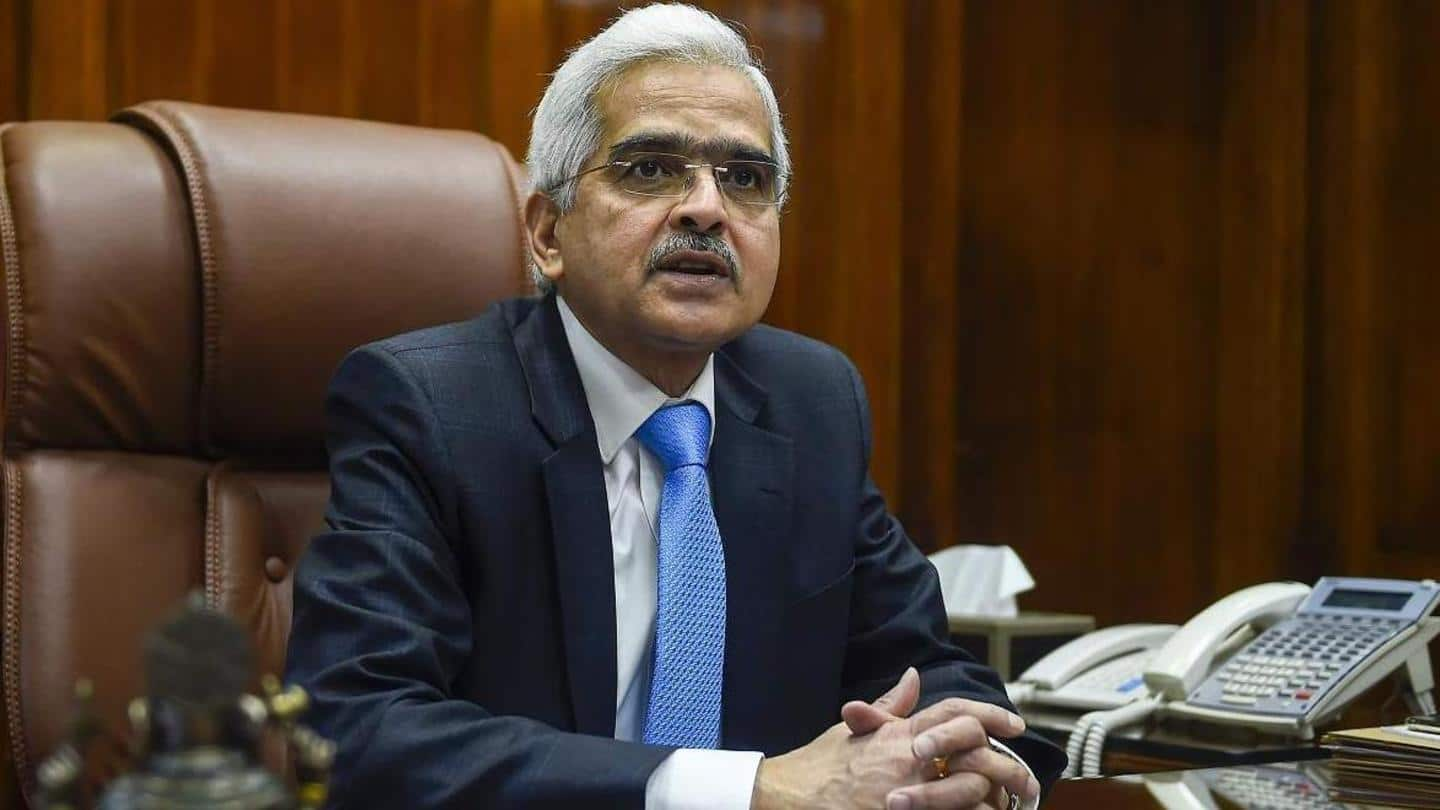
RBI retains growth at 9.5%, advocates support to nurture recovery
What's the story
Reserve Bank Governor Shaktikanta Das on Friday made a strong case for continued fiscal, monetary and sectoral support to nurture the "nascent and hesitant" economic recovery while retaining the growth projection for the current fiscal at 9.5 percent.
Das said that domestic economic activity started normalizing with the ebbing of the second wave of the coronavirus pandemic and the phased reopening of the economy.
Information
Continued policy support required to nurture the recovery: Das
High-frequency indicators suggest that consumption (private and government), investment, and external demand are all on the path of regaining traction. However, at this stage "continued policy support from all sides fiscal, monetary and sectoral is required to nurture the nascent and hesitant recovery," he added.
Maintenance
Conduct of monetary policy geared to rejuvenate growth: Das
The governor said the conduct of monetary policy during the pandemic has been geared to maintain congenial financial conditions that nurture and rejuvenate growth.
Taking all of the various factors into consideration, the RBI decided to retain the GDP growth forecast for the current financial year at 9.5 percent in the year 2021-22.
Growth
Real GDP growth for 2022 first quarter projected at 17.2%
It is expected to be at 21.4 percent in the first quarter of the fiscal; 7.3 percent in the second quarter; 6.3 percent in the third and 6.1 percent in the January-March period.
Real GDP growth for the first quarter of the next fiscal beginning April 1, 2022, is projected at 17.2 percent.
Measures
RBI announced various measures to mitigate impact of pandemic: Das
Das further said after the onset of the pandemic, the central bank has announced more than 100 measures to mitigate its impact.
"Going forward, our endeavor would be to continue the monitoring of measures which are still in operation to ensure that the benefit of all our measures percolates down to targeted stakeholders," he said.
Repo rate
He also talked about the efficacy of RBI's monetary policy
He stressed that the efficacy of RBI's monetary policy measures and actions is reflected in the significant improvement in transmission during the current easing cycle.
The reduction in repo rate by 250 basis points since February 2019 has resulted in a cumulative decline by 217 basis points in the Weighted Average Lending Rate (WALR) on fresh rupee loans.
Other details
Low-interest-rate regime has also helped the household sector: Das
The low-interest-rate regime, he added has also helped the household sector reduce the burden of loan servicing.
"The significant reduction in interest rates on personal housing loans and loans to the commercial real estate sector augurs well for the economy, as these sectors have extensive backward and forward linkages and are employment-intensive," the Governor said.